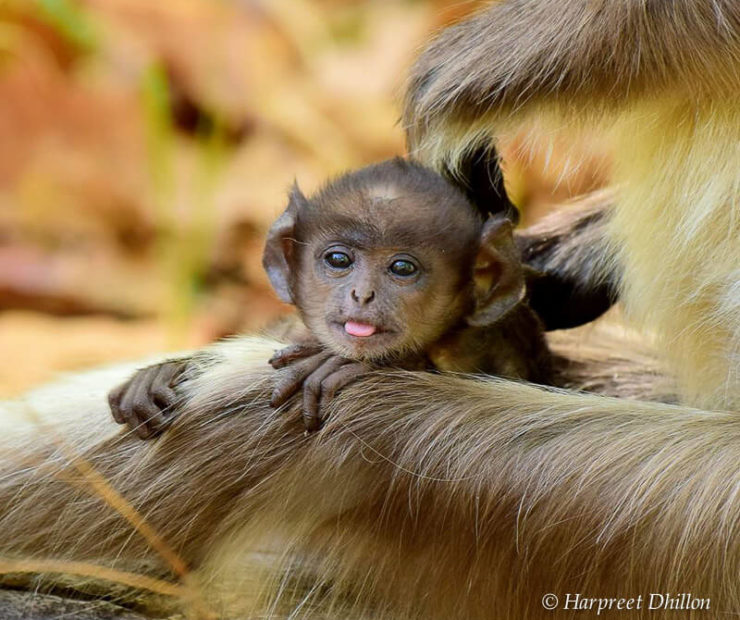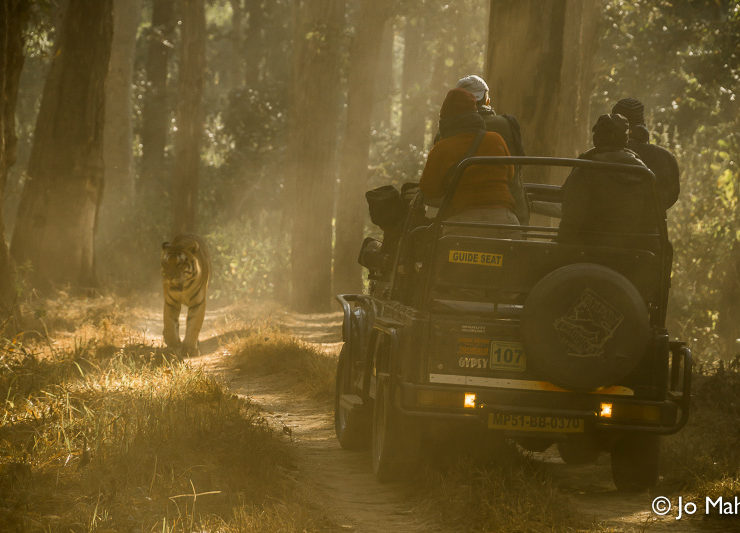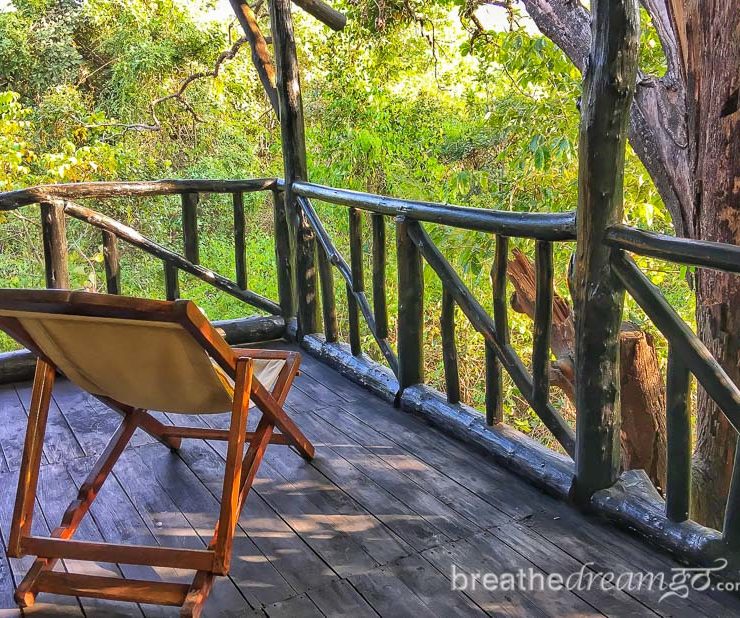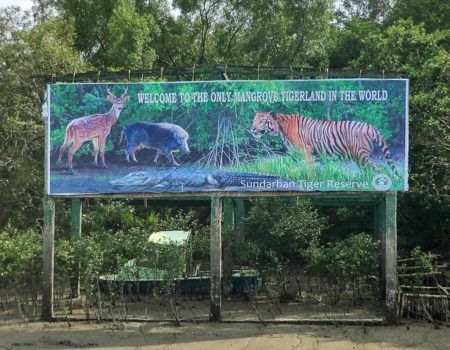
THE SUNDERBANS IS A region that crosses India, Bangladesh, and Myanmar. It’s a massive mangrove forest, designated as a UNESCO World Heritage site, and known for a wide range of fauna such as the Royal Bengal tiger, Ganges River dolphin, estuarine crocodile, and many more rare and endangered species. The Sunderbans is on the Bay of Bengal, the largest bay in the world. Numerous rivers feed into it, including the mighty Ganga (Ganges), Brahmaputra, and Meghna. The delta created by these rivers is a vast and diverse marine ecosystem that includes the Sundarbans.
Overall, the Sunderbans and the Bay of Bengal is a region rich in biological diversity. In the north-eastern part of the Indian Ocean, it’s home to fascinating coral reefs, estuaries, and a wide variety of wildlife and birds. It’s also home to millions of people – with a unique culture influenced by the wetlands, waterways, shifting islands, extreme weather, and other unique features of this region. The coastal regions along the Bay of Bengal feature multiple sites of historical and religious significance, as well as old sea ports.
Among the Bay of Bengal’s most interesting natural phenomena are the monsoon-laden winds that make some parts of the Indian sub-continent among the wettest places on earth.
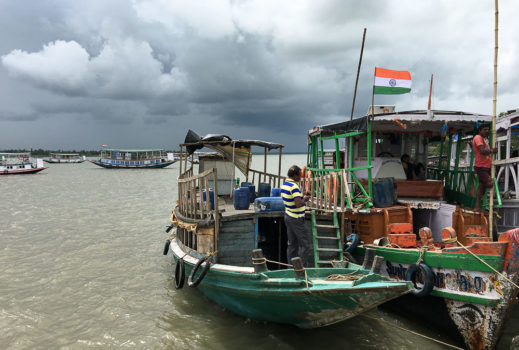
Table of Contents
A journey to the Sunderbans
When I was in Kolkata for Durga Puja, I had the opportunity to spend a few days in the Sunderbans. It’s only a two-three hours’ drive from Kolkata to Sunderbans National Park. After driving through many small towns and villages on the way, we reached Gothkhali Jetty where we took a two-hour boat ride to Sunderban Tiger Camp.
Sunderban Tiger Camp is a small resort on the banks of the Dattwa River, literally immersed in the natural environment of the Sunderbans. You don’t even need to leave the grounds to experience the local flora and fauna. Accommodation is in separate cottages or rooms in a newer building. The room was comfortable, otherwise it’s a simple resort, suited to families and nature lovers.
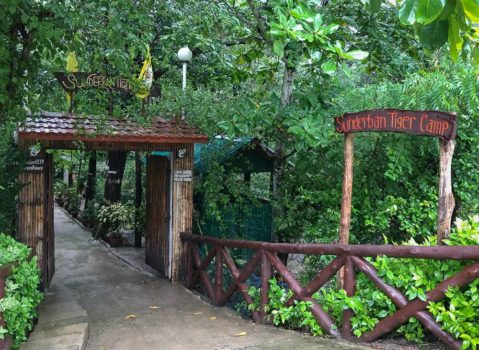
Each day I stayed at Sunderban Tiger Camp, we went out by boat into the national park, slowly plying the waterways, looking for animals along the banks, birds in the sky, and marine creatures such as crocodiles. I was accompanied by a local guide and the boat crew. At certain points, where there’s a ranger station, the boat docked and we walked along a boardwalk to a watch tower, to see a bit of the interior.
Naturally, everyone was hoping to see the Bengal Tiger, however, sightings are very rare. Nevertheless, it was interesting to see such a unique landscape, where water is the predominant feature, and mangrove forests go on for as far as the eye can see. The dense foliage makes it difficult to see past the mangrove roots, from the boat. We rarely saw more than a thin strip of land, and animal sightings were rare: mostly crocodiles and deer.
Occasionally, we saw local people and fishermen out on the waterways of the Sunderbans, and invariably they were travelling in very small boats, much smaller than the tourist boats. The Sunderbans is known for large Bengal tigers that can swim long distance, and large saltwater crocodiles — and, unfortunately, frequent attacks on humans, many of them fatal. I could not help but feel concerned for their safety, whenever I saw them. I was aware we were probably at some risk, too, but very low compared to the fishermen and local people.
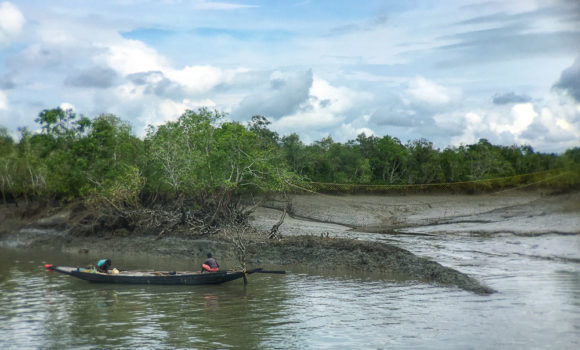
Nevertheless, the real joy of the Sunderbans is just being there. It’s a unique landscape and culture, a biodiversity hotspot, and unlike almost anywhere else on earth. The boat safari, aboard a vintage wooden boat, is a leisurely way to see the park. There’s nothing to do but relax and watch the scenery go by. And drink tea! They serve tea aboard, and it’s a lovely touch. Sunderban Tiger Camp also sent along a packed lunch.
I highly recommend reading up on the Sunderbans before visiting. There are several good histories and guide books such as Forest of Tides and The Mystic Mangroves, and for fiction I recommend The Hungry Tide by Amitav Ghosh. Below is some background information about the wildlife and culture of the region compiled by myself and Shubham Mansingka of TravelShoeBum.
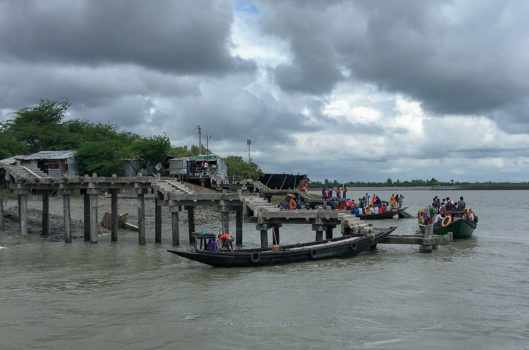
Sunderbans and Bay of Bengal Cultures
India
India’s cultural riches can be intoxicating, often overwhelming to visitors, and it is no different for the states on the coast of Bay of Bengal. With history stretching back millennia, and traditional cultures living in the same time-honoured way, the Bay of Bengal region is a dazzling cornucopia and the home of numerous UNESCO World Heritage monuments and sites.
In Puri, on the coastline of Odisha, the sacred Lord Jagannath temple famous for the annual Rath Yatra is a sight to behold. In fact, the word juggernaut comes from the force of the huge chariots that are paraded through town during this festival. Odisha is also home to the Konark Sun Temple, which represents the sun god’s chariot. It’s a 13th century architectural marvel, a UNESCO World Heritage site, and one of the treasures of India.
Among the many superb sites on the Bay of Bengal coast are the UNESCO listed Group of Monuments at Mahabalipuram in Tamil Nadu – which date from the 7th and 8th centuries – wondrous caves of the Jain religion, the mystical and ancient monasteries of Buddhism, and pre-historic paintings.
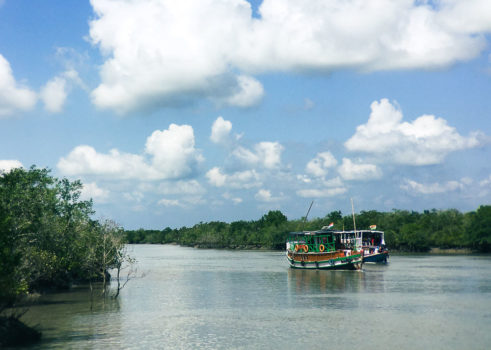
Bangladesh
The Bay of Bengal region has a multifaceted cultural heritage, with its ancient mix of animist, Buddhist, Hindu, and Islamic religions. Bangladesh, which was part of India before independence and the partition of the country in 1947, is the newest country on the bay. It’s a heady amalgamation of beaches, ruins, bazaars, boat rides, wildlife, and colourful festivals.
The villages of Bangladesh maintain a traditional culture, and produce folk art, that has survived for hundreds of years. On the remote islands of Bangladesh, you can find both traditional fishing villages and indigenous tribal cultures that make you feel you have stepped back in time. Here you can see locals extracting sea salt by traditional methods and experience a floating rice market.
Some of the fascinating towns of Bangladesh include Cox’s Bazaar, with the world’s longest beach, stretching more than 100 kilometres, and Bagerhat, at the meeting point of the Ganges and Brahmaputra rivers. This ancient town was founded in the 15th century and is known as the Historic Mosque City of Bagerhat, and recognized by UNESCO for the exceptional number of mosques and early Islamic monuments.
Myanmar
The landscape of Myanmar is dotted with pagodas, including the oldest pagoda in the world. Myanmar was formerly called Burma, and it has long been home to ethnic and religious diversity. While the majority of the population is Buddhist, the country is also home to Christians, Hindus, and Muslims. Among fascinating cultural delights, Bagan showcases a colossal complex of thousand-year-old temples, and one can canoe through the still waters of Inle Lake to see locals fish in a unique way.
The capital of Myanmar was shifted to Naypyitaw in 2005, but the former capital, Yangon, remains the cultural and commercial heart of the country. Among Yangon’s heritage sites are numerous British era churches and the tomb of the last Mughal emperor of India, Bahadur Shah Zafar.
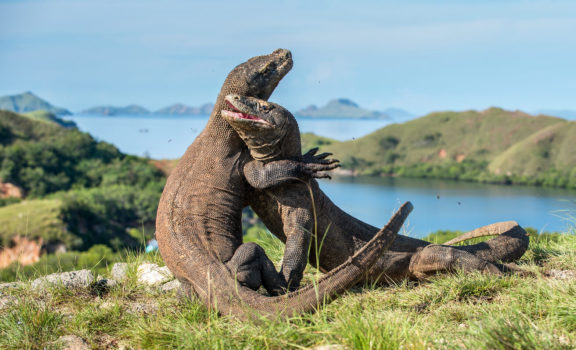
Wildlife in Asia
This post is part of a series on Breathedreamgo about Wildlife in Asia that seeks to highlight rare, unique, endangered, and/or fascinating animals in Asia. The series includes:
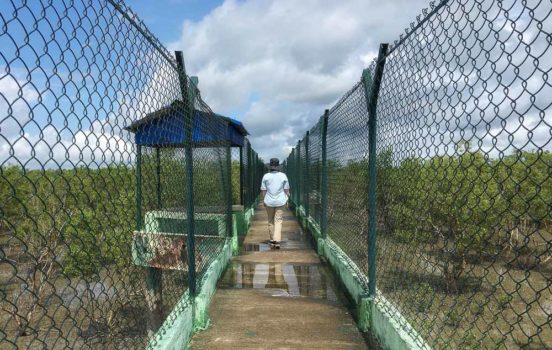
Bay of Bengal and Sundarbans Wildlife
India
The Bay of Bengal region in India is host to a variety of ecosystems with a dense concentration of wildlife and birds. Bhitarkanika National Park in Odisha is a unique habitat of mangrove forests, interspersed with numerous creeks and mudflats. The Bay of Bengal region including Sundarbans is the largest mangrove ecosystem in India and has more than 60 species of mangroves.
The Gahirmatha Marine Sanctuary in Odisha is a hot-spot of biodiversity. It is home to a large population of giant salt water crocodiles and the world’s largest, and most important, nesting ground for the endangered Olive Ridley sea turtles. Numerous wetlands are scattered throughout the sanctuary and they serve as feeding grounds for more than 50,000 migratory birds during the winters.
Sunderbans National Park and Tiger Reserve lies in West Bengal, in the Sundarbans delta, the largest mangrove forest in the world. This is the kingdom of the Royal Bengal tiger and home to many other wildlife species, such as the Indian grey mongoose, leopards, Olive Ridley sea turtles, wild boar, jungle cat, flying fox, chital deer, pangolin, and many more animals of India.
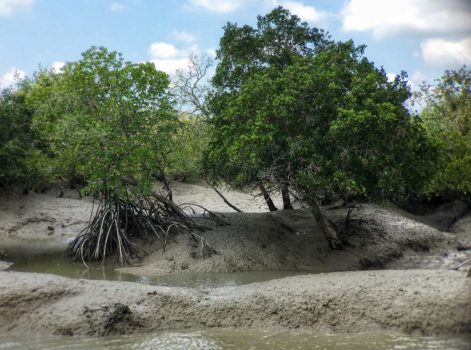
Bangladesh
Bangladesh’s landscape on the Bay of Bengal ranges from marshy deltaic forest and wetlands to glistening rice paddies and forested nature reserves to rolling hills full of misty tea gardens. For a small country, Bangladesh has more than 700 rivers, 17 national parks, numerous offshore islands, and one coral reef. Bangladesh is one of the 10 countries most affected by global warming and is extremely vulnerable to a rise in sea level.
Bangladesh shares the Sundarbans with India. On the Bangladesh side, Sundarbans Reserve Forest is on the UNESCO World Heritage List. It’s a magnificent area of scenic beauty, natural resources, rich biodiversity, and a breeding ground for numerous endangered species.
The Teknaf Game Reserve near Cox’s Bazaar protects some of Bangladesh’s few remaining wild elephants, and other rare wildlife such as the hoolock gibbon and Ganges River dolphin. A significant number of the country’s bird species can also be sighted here and a highlight of the reserve is the Kudum Cave, also known as the bat cave.
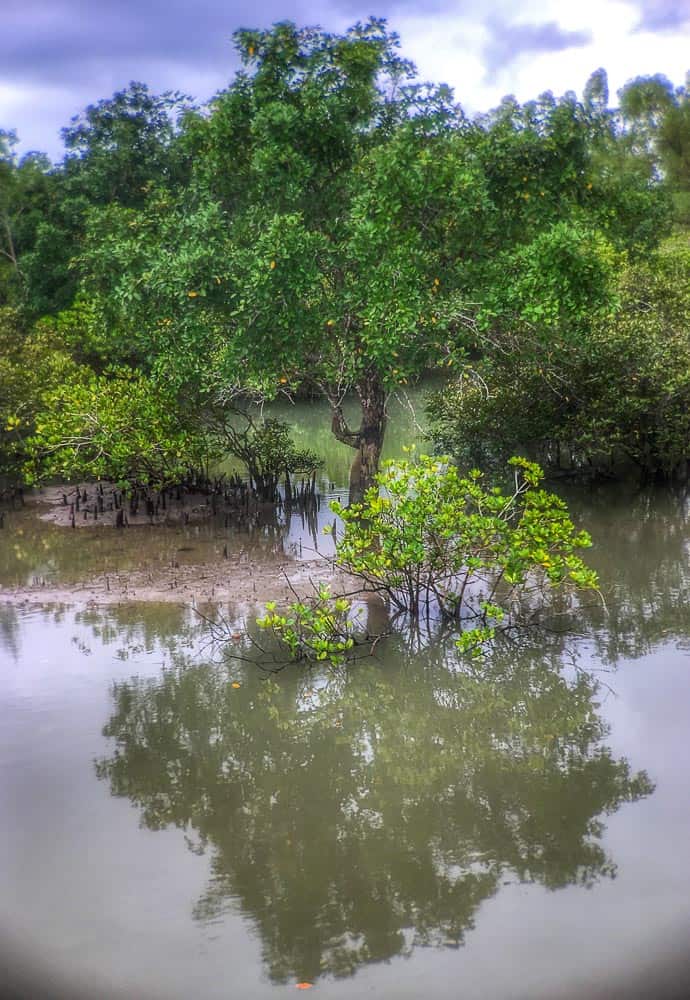
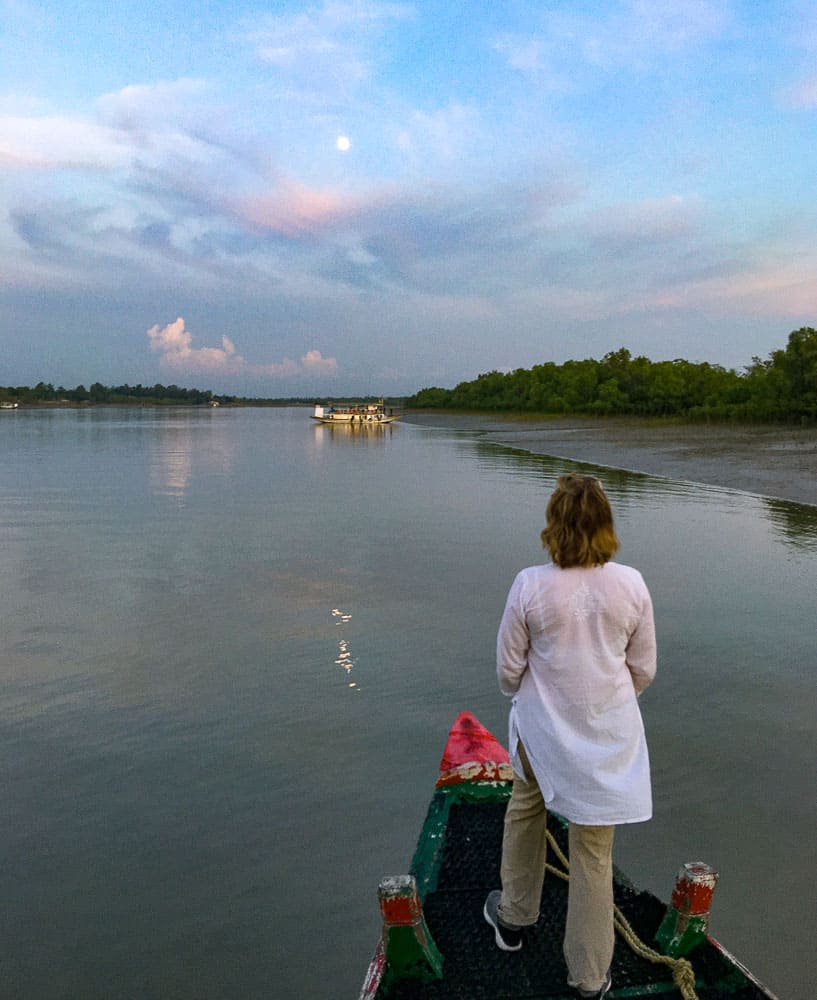
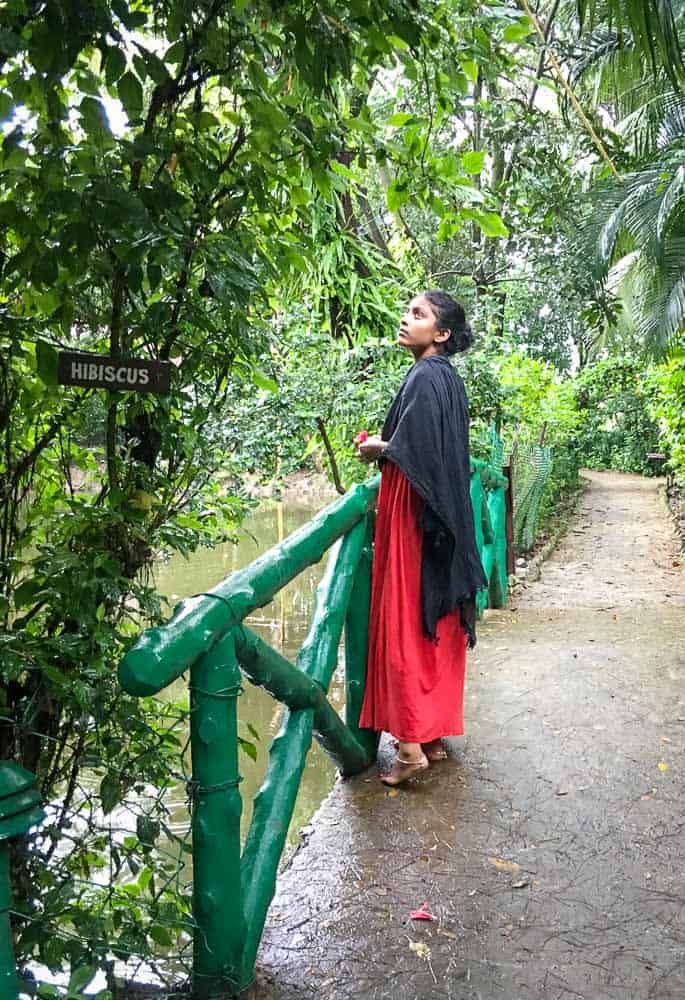
Myanmar
Myanmar’s Bay of Bengal coast is a long stretch of palm-fringed, white-sand beaches. The country is home to a wide variety of ecosystems including rain forests, wetlands, coastal, and marine ecosystems. The entire country is rich in resources and enjoys a great diversity of flora and fauna.
The many rivers that flow through Myanmar are surrounded by mangroves, swamp forest, lakes, and marshes that provide a natural habitat for a large variety of marine and animal species. There are more than 20 national parks and wildlife reserves spread across Myanmar and quite a few of them lie in the Bay of Bengal region. Among the wildlife found in Myanmar are tigers, clouded leopards, Asiatic black bears, gibbons, and barking deer.
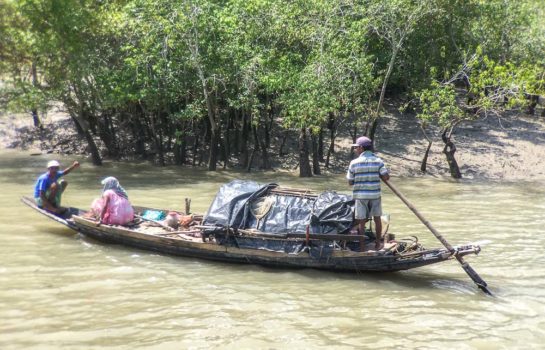
If you enjoyed this post, you can:
Sign up for Dispatches in the sidebar and follow Breathedreamgo on all social media platforms including Instagram, Facebook, Pinterest, and Twitter. Thank you!


